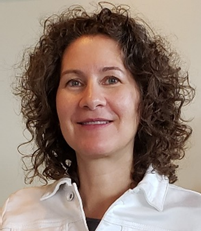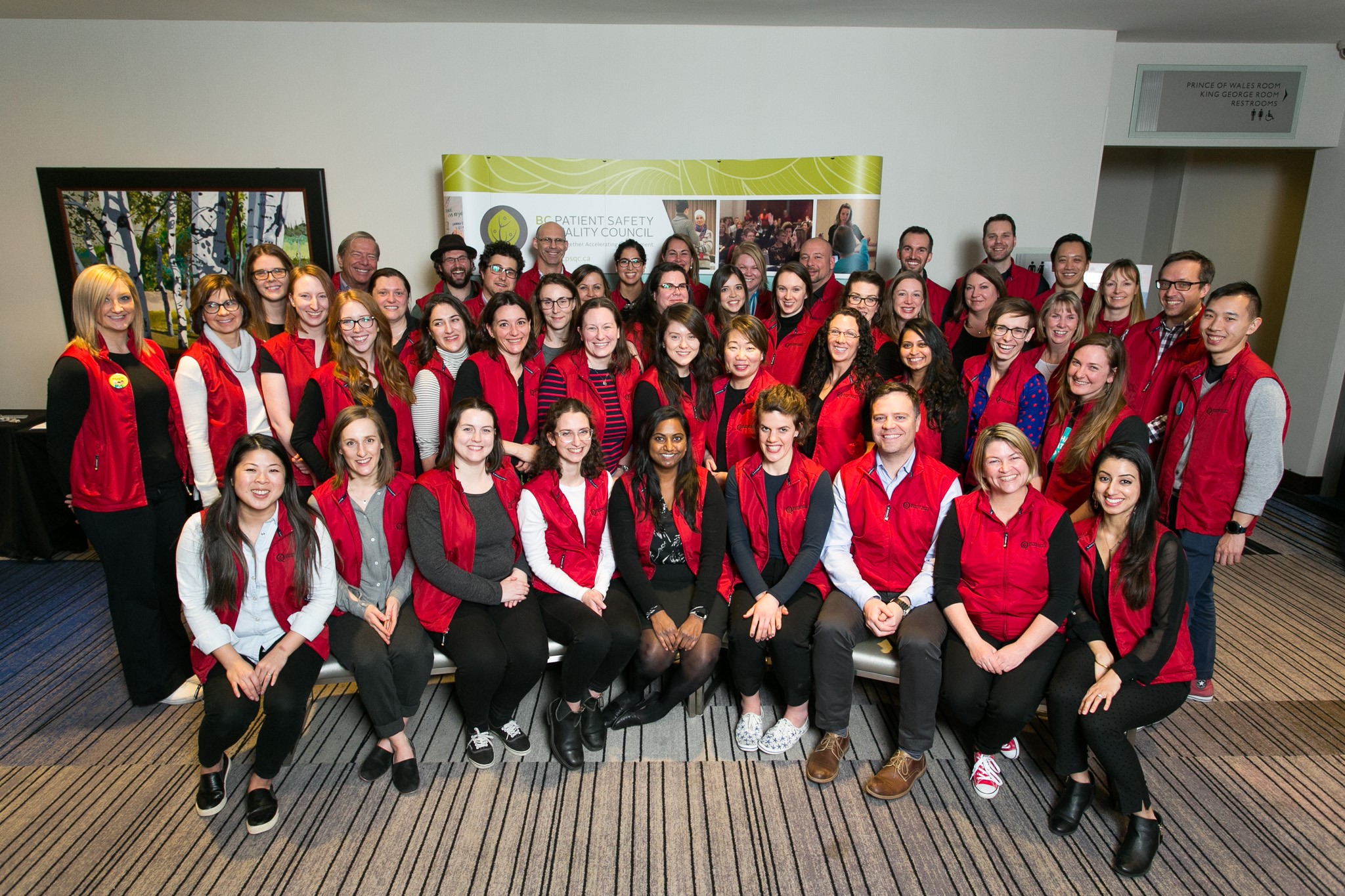Posted
Categories: Patient Voice Mail
Through our focus on collaboration and providing learning opportunities, we will continue to highlight the great work taking place across the province that is engaging people well. Simon Fraser University, in collaboration with the International Association for Public Participation (IAP2), is tackling the weighty topic of transition from inclusion to equity in public engagement. Read more about their resource here.
Beyond Inclusion: Equity in Public Engagement
Simon Fraser University (SFU) worked in collaboration with the International Association for Public Participation (IAP2) to create a new guide for practitioners. This research project started two years ago and identified an approach to equity in public engagement based on eight principles. Some of the questions that the project wanted to answer include: how can we support communities to better participate in democratic resilience/ processes? How is a sense of belonging created in a community?
Some of the key learnings include:
Inclusion goes beyond a communication exercise
How do we avoid reaching out to the same people repeatedly? There is no one answer to this or one right approach since there is always room for improvement. The focus shouldn’t be on making it perfect, but rather on getting feedback and incorporating diverse voices and perspectives. The team used case studies to co-create the final principles and outreach was done in a meaningful way, including low barrier entry into participation. They also wanted to address the systemic level of inclusion in this work (see principle 8).
Principles provide the foundation in how to move forward
Authentic & accountable engagement
- Rebuild the public’s trust in the process by being transparent
- Don’t have pre-determined outcomes
- Report back findings in a timely way
- Involve the community in implementing findings
Plan early & proactively
- Maximize inclusion & equity as it isn’t an afterthought
- Dedicate time to building relationships and allocating resources to create an inclusive engagement process
Establish respectful relationships with Indigenous peoples
- Foster trusting relationships, cede power & space for Indigenous leadership
- Prioritize reciprocity & center Indigenous knowledge & worldviews
Engage the internal diversity of a community
- Take an intersectional approach
- Ask who is missing from the room
- Disaggregate data & don’t tokenize (i.e. need a strategic plan for recruitment)
Reciprocal relationships with communities
- A foundation of equitable public engagement
- Partner & co-create engagements
- Ensure mutual benefit (offer honorarium, hiring local vendors etc.)
- Build & sustain relationships
Tailor engagement plans to context (no one size fits all)
- Co-create engagements – ask people what they need and offer diverse avenues for participation
Ongoing learning & improvement (individual & organizational level)
- Reflection and evaluation
- On-going professional development
- Transparency about mistakes (address issues in a timely way) & communities of practice
Advance systemic equity
- Inclusion on the ground affects equity at an engagement level
- Recruit and retain diverse staff
- Develop policies for accessibility
- Share power with communities (challenge traditional hierarchy)
- Welcome innovations
Build responsibility for diversity, equity and inclusion in your organization
Embrace this conversation and unpack our privilege (we are facing a crisis in democracy due to inequities in society).
Pay attention to the digital divide as it affects patient engagement
How do we encourage meaningful participation while recognizing the differences in accessibility? Partner with community groups who may help provide strategies and may be able to help translate materials and/or use library spaces that will help with the reach.
In the end, we realize that we can’t do this alone.
**Reference: Simon Fraser University’s Morris J. Wosk Centre for Dialogue. (2020). Beyond Inclusion: Equity in Public Engagement.
Author: Cassy Mitchell


